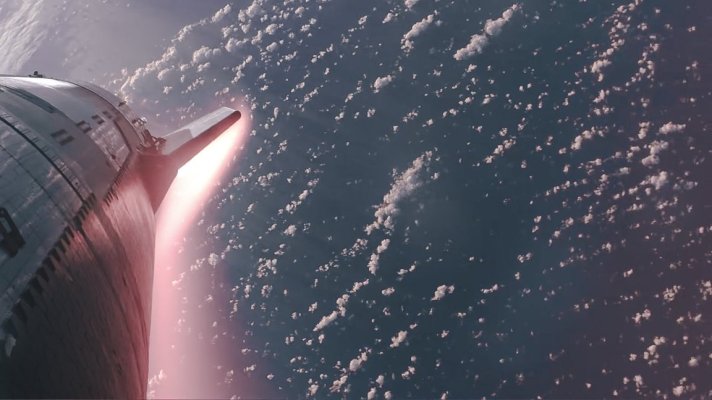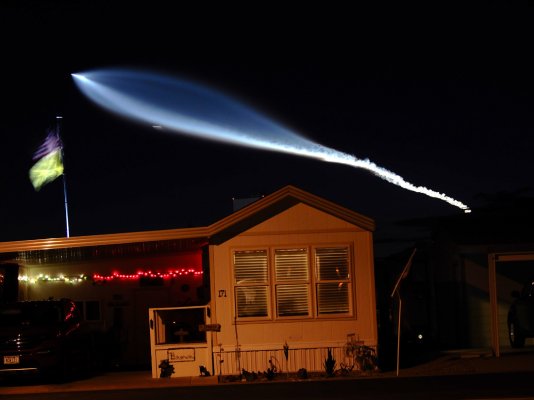Fermion
Give me a museum and I'll fill it. (Picasso) Give me a forum ...
So Voyager has been going about 50 years (probably close to or more than 50 years for when the devices onboard were made).
How long do you think we could make something last, assuming it was shielded from most harmful external events? 100 years possible? 200?
If we were ever able to accelerate something to 3% of the speed of light, we could get it to another star in 200 odd years. Can you make electronics last that long?
How long do you think we could make something last, assuming it was shielded from most harmful external events? 100 years possible? 200?
If we were ever able to accelerate something to 3% of the speed of light, we could get it to another star in 200 odd years. Can you make electronics last that long?


